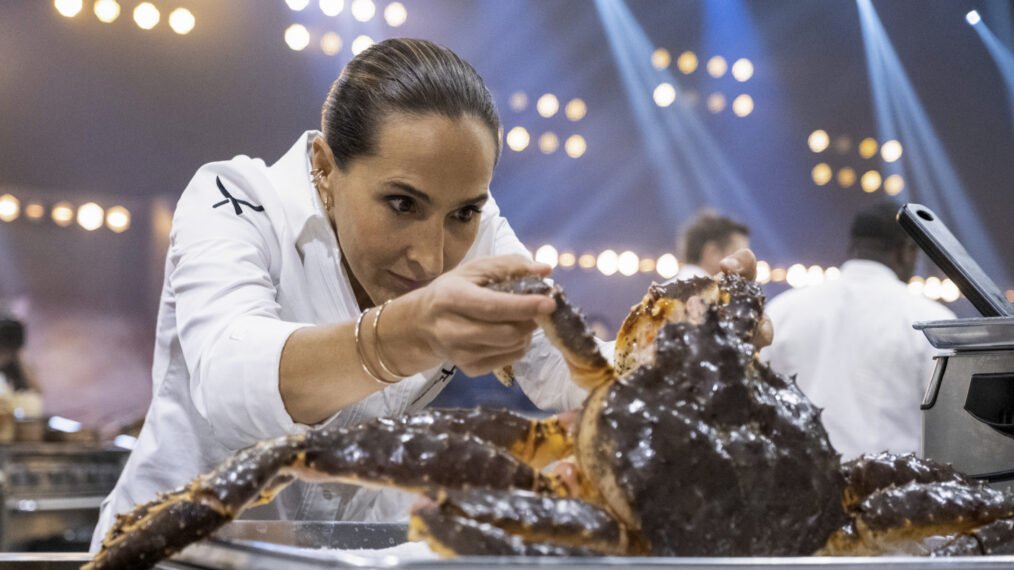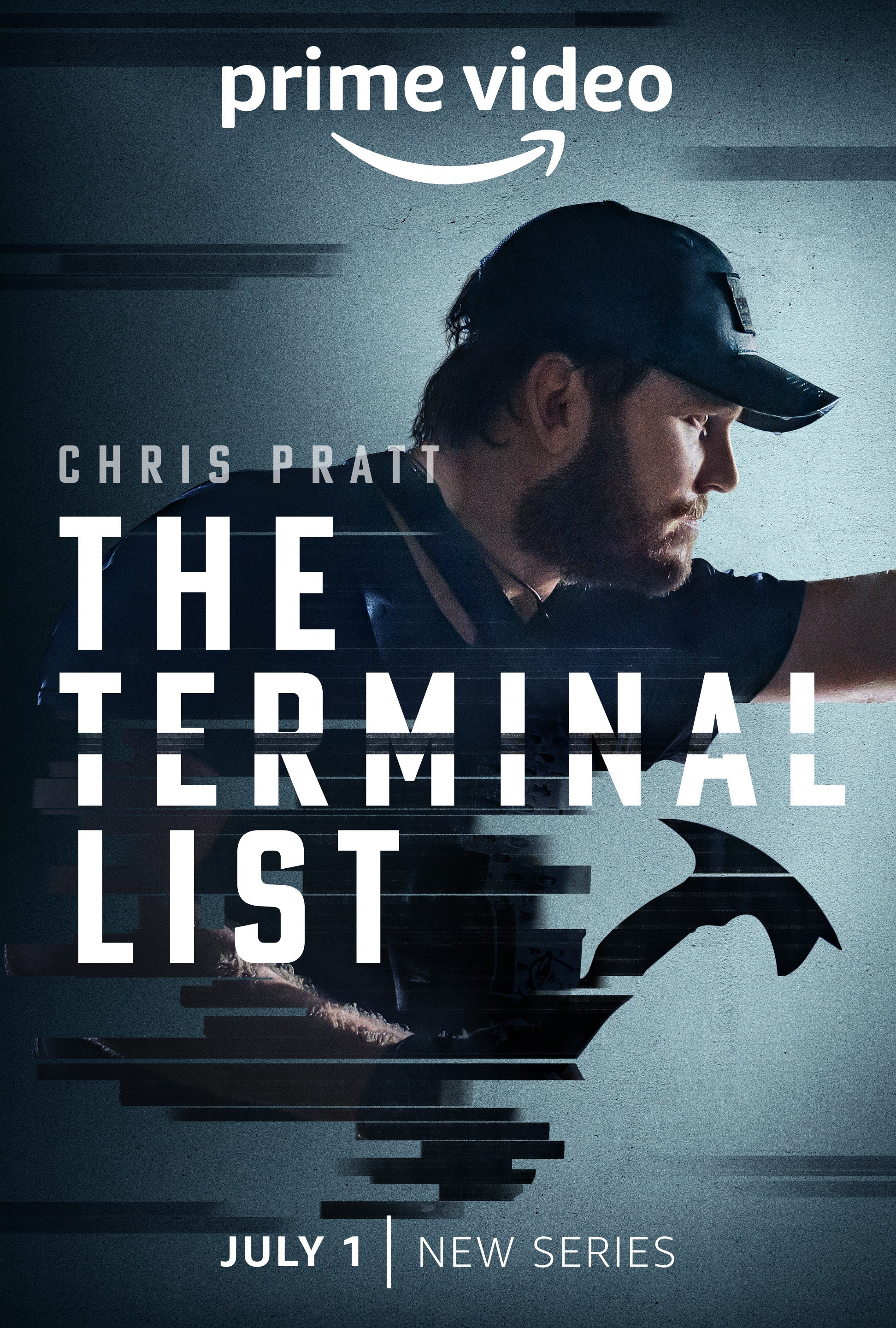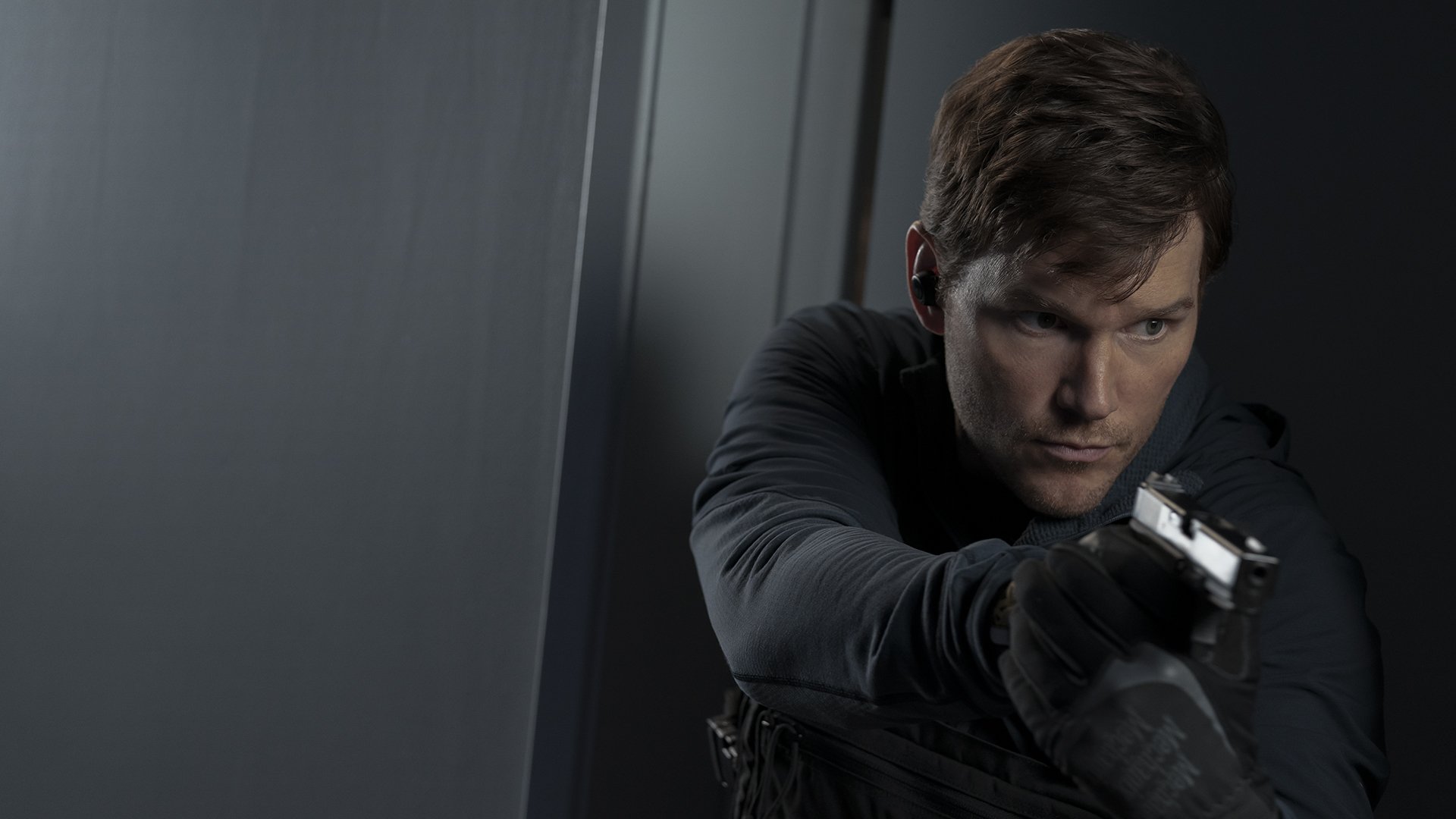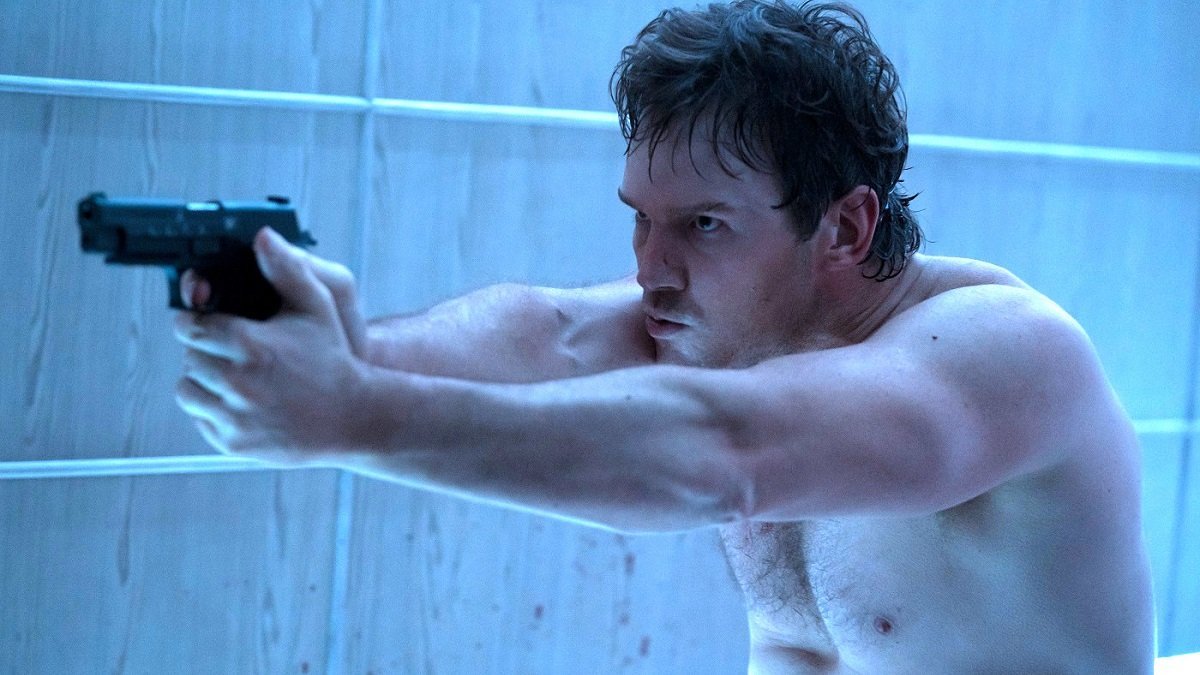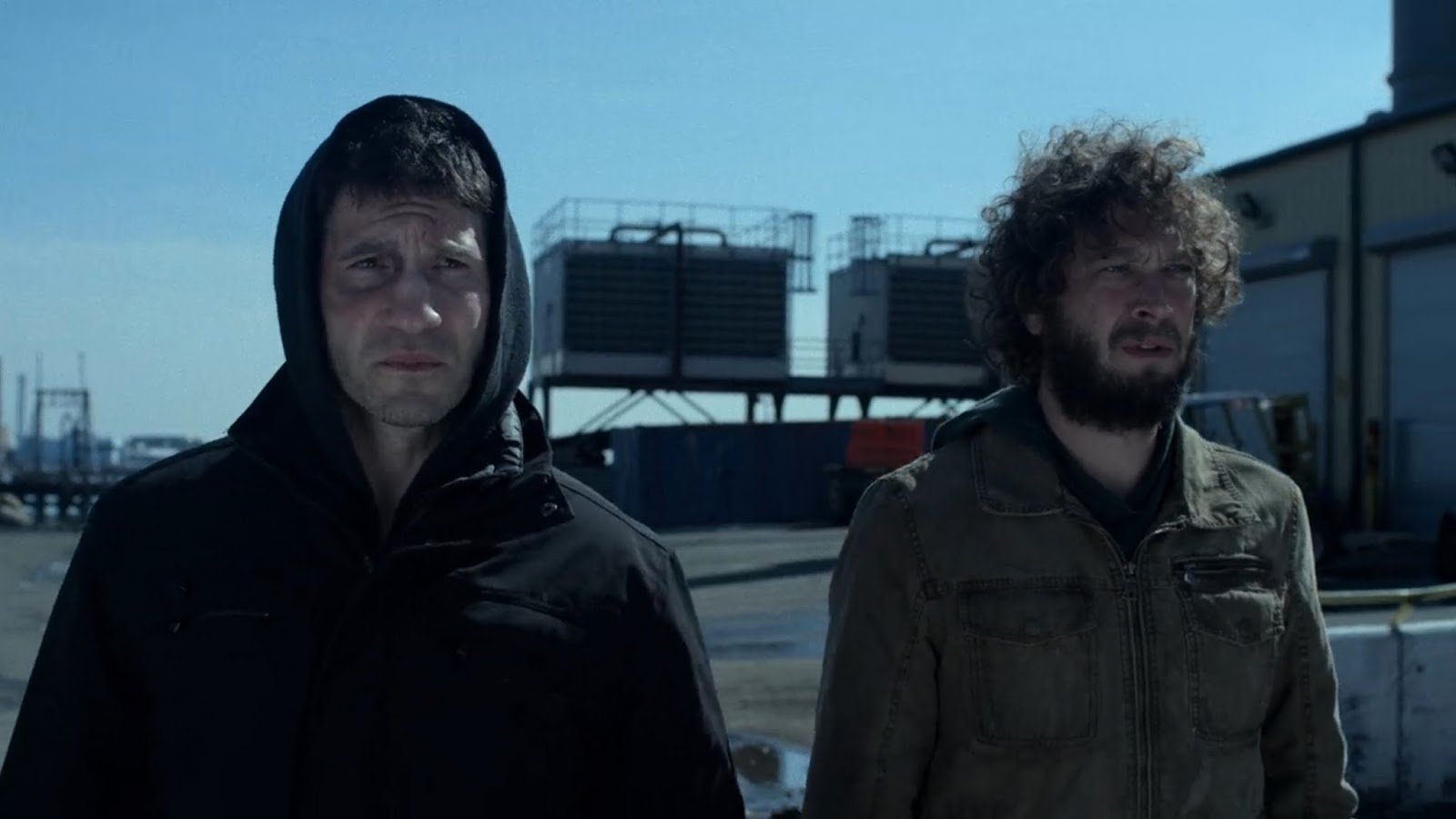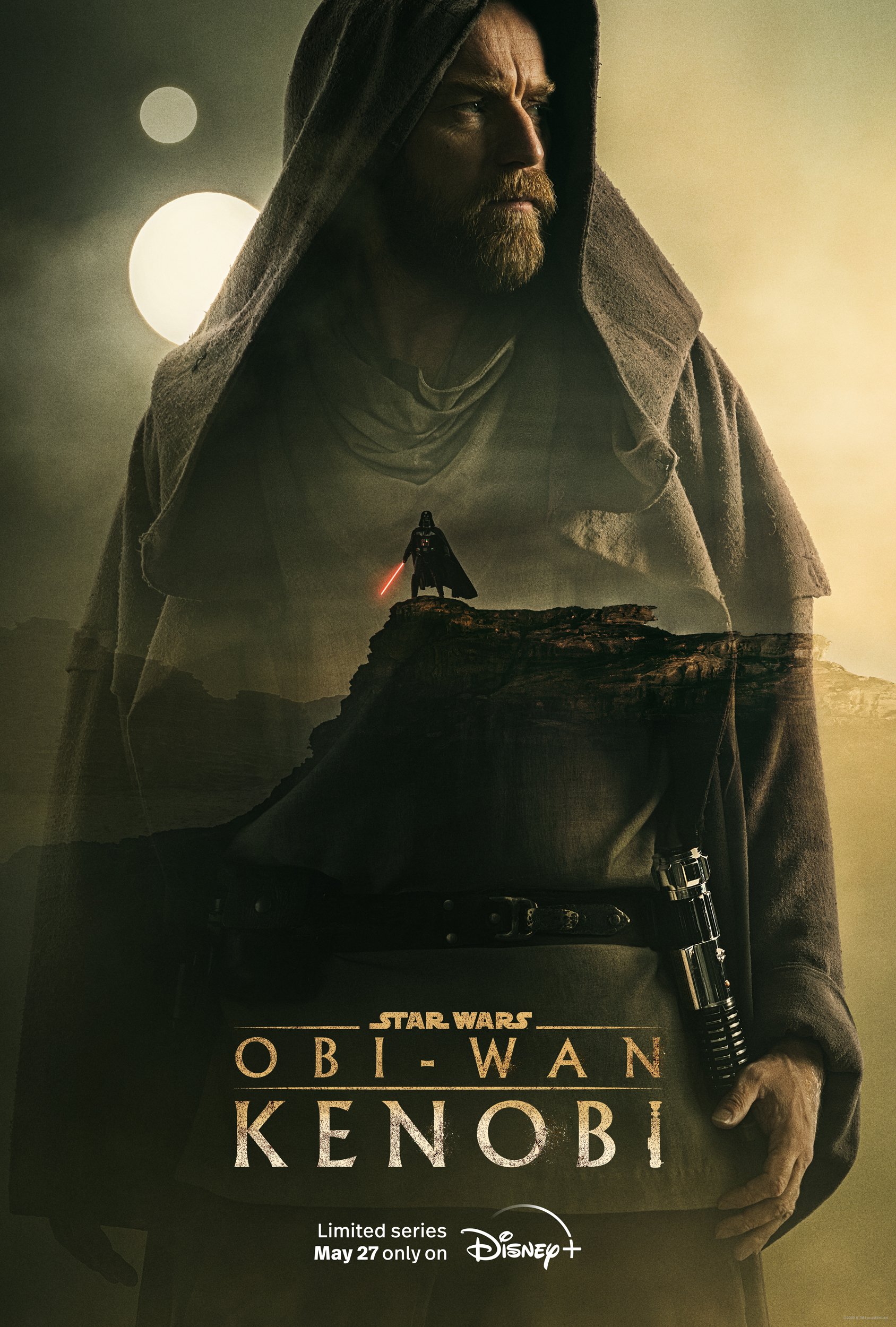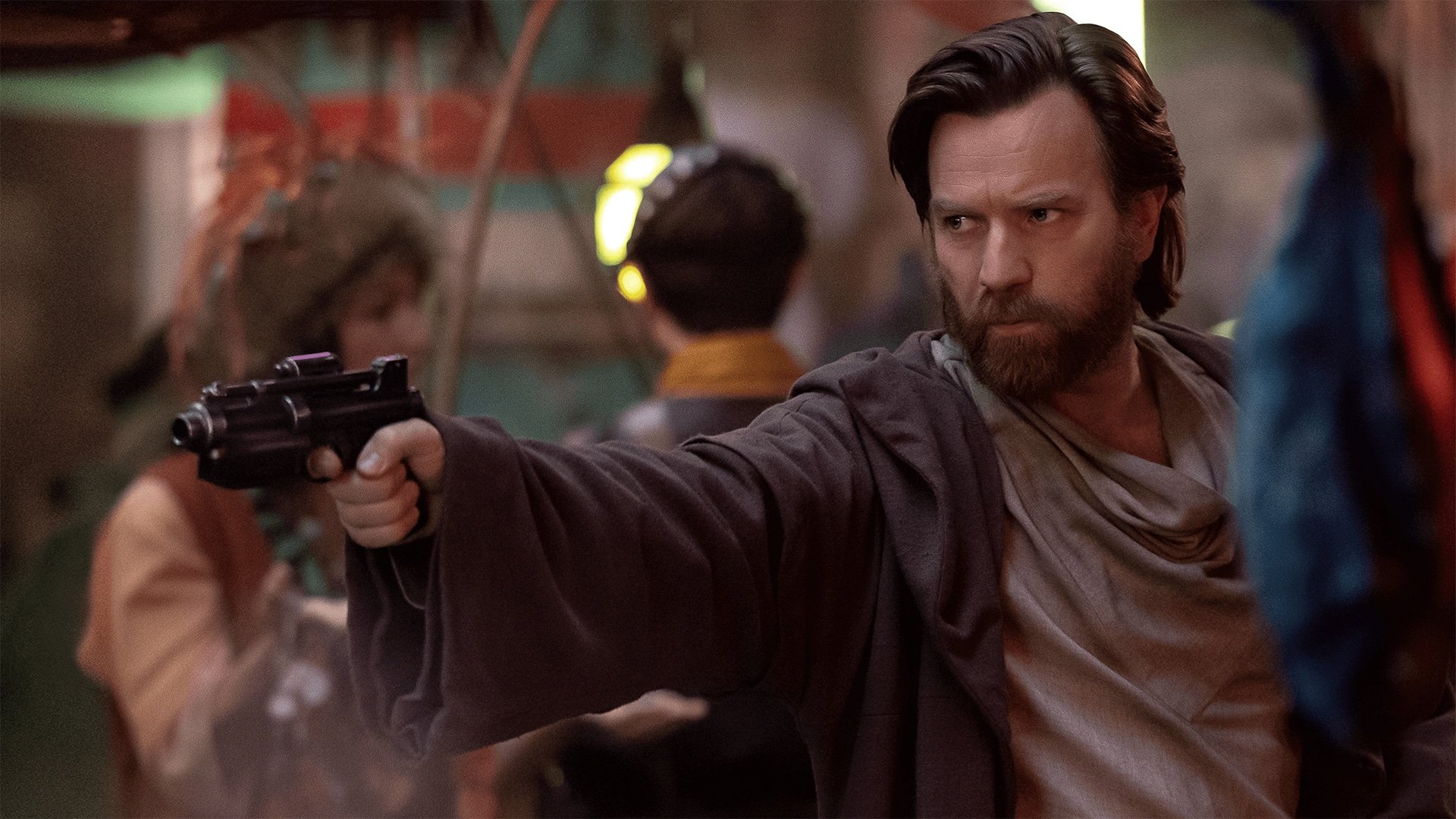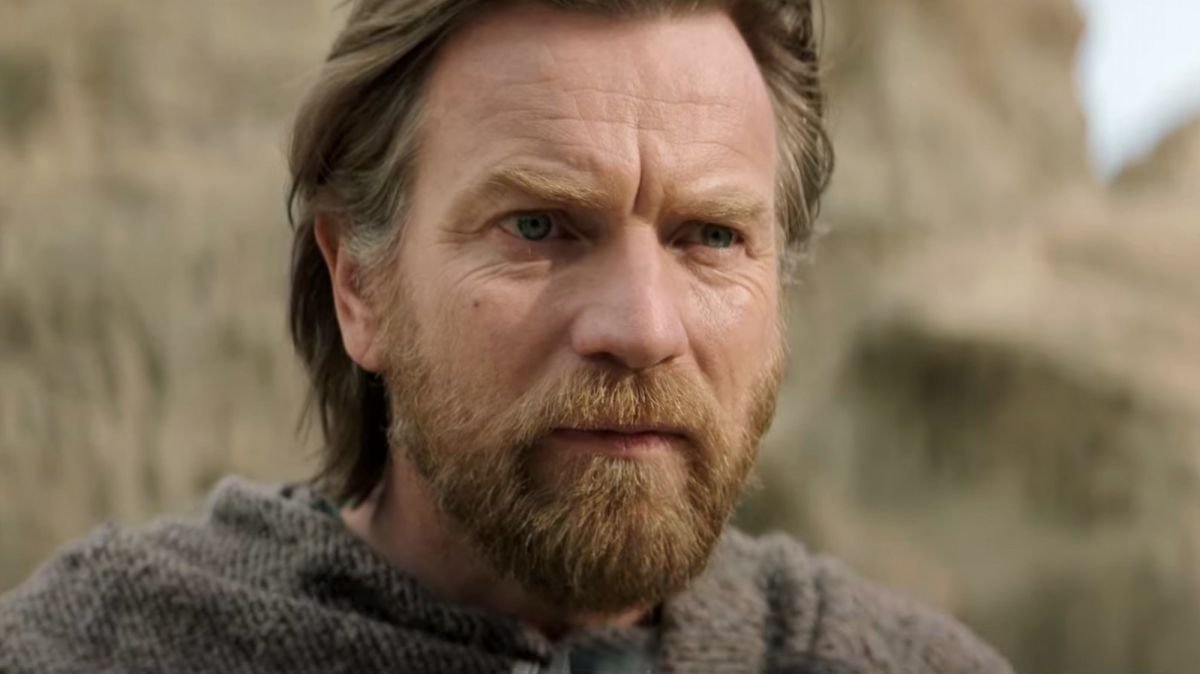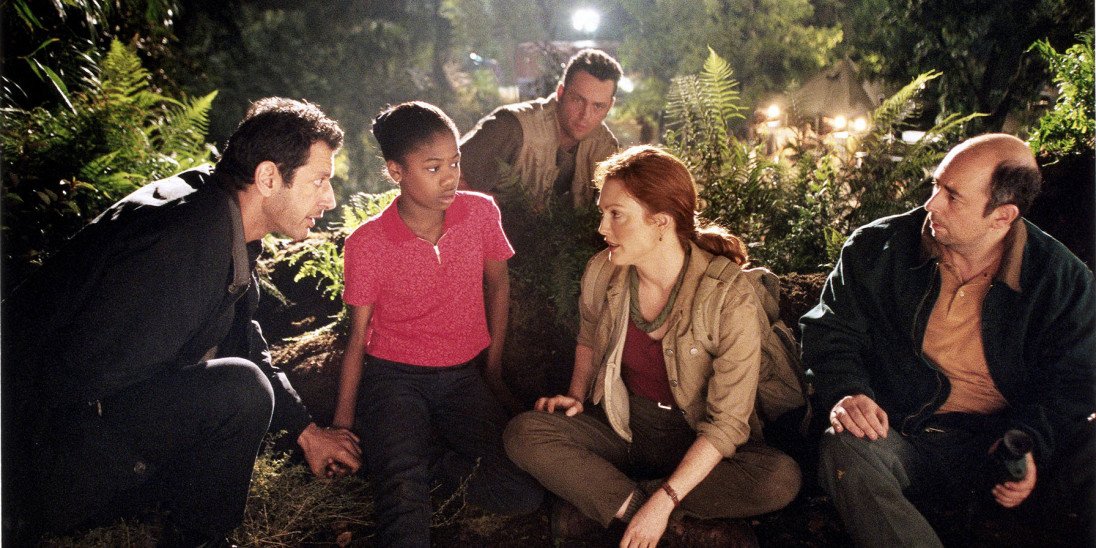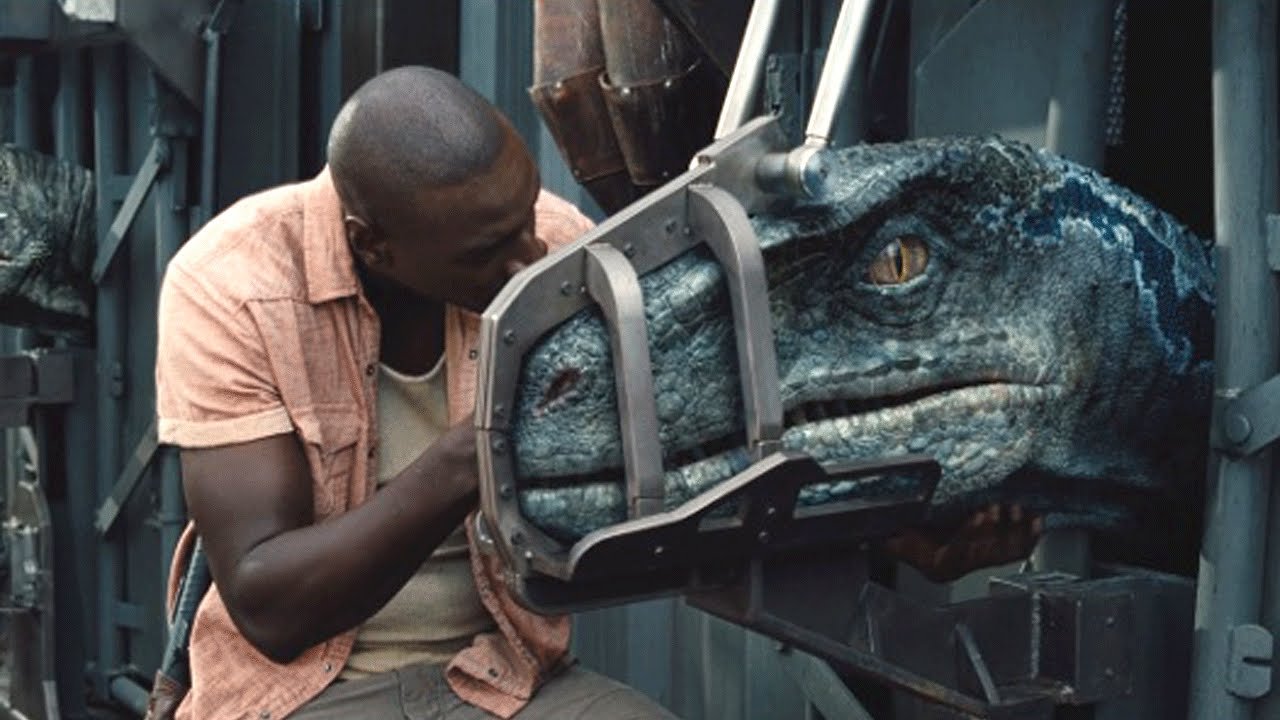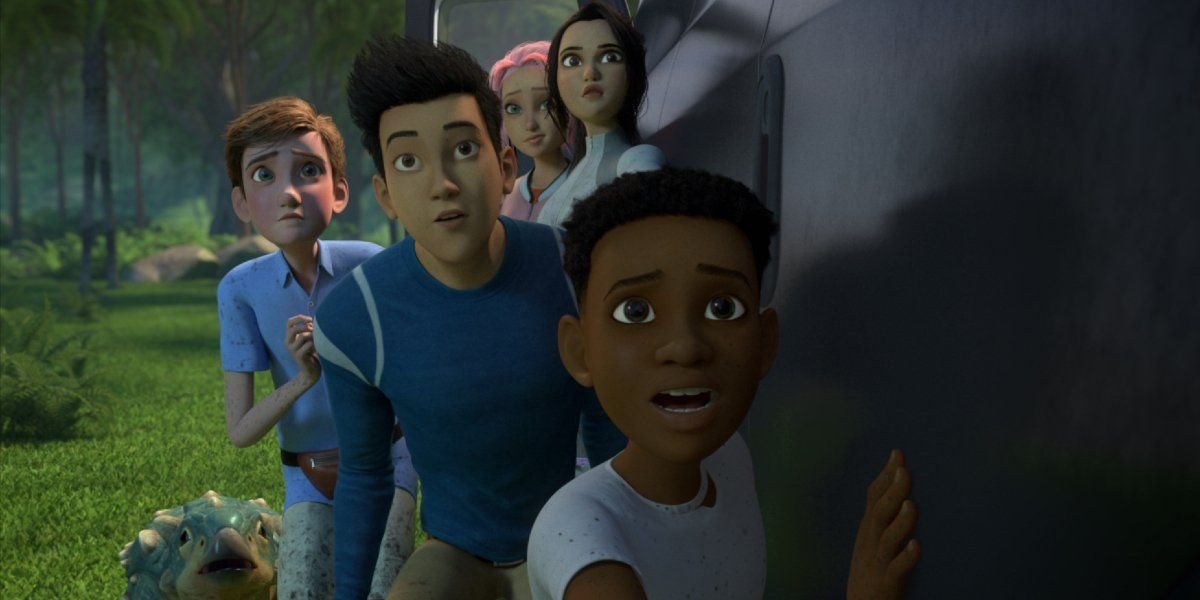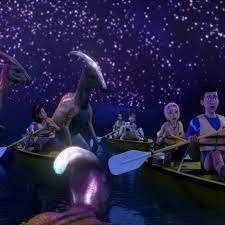I love food. I’ve never loved the term foodie, but there you have it. That’s what I am. Food is such an interesting thing—necessary to live, of course, but it can be as basic as you want or it can be elevated to an art form. But I’m not here just to talk about food, obviously, that’s not what this blog is about. Although, I did just do exactly that recently with the delightful podcaster Tom Zalatnai on their podcast No Bad Food, where we discussed the deeper meaning of the pre-dinner bread basket, among other things, if you’d like to check that out. No, of course I’m not just talking about food. I’m talking about food TV.
Be forewarned. There will be food puns. I’m trying my best not to, but they’re going to creep in and there’s nothing I can do about it.
My first and formative experience with food TV was Iron Chef America. Flipping channels one day led me to an episode of Iron Chef America and I was reminded of a story of a friend and a destroyed kitchen inspired by the original Iron Chef, so I stuck with it. That was that for me. It was the thing that turned me into a foodie. It’s why I own multiple books by Bobby Flay.
Other shows have caught my attention since then. Netflix’s Chef’s Table and Salt Fat Acid Heat are particularly good ones, as well as Hulu’s Padma Lakshmi hosted Taste the Nation. Food is so cultural, it’s infinitely interesting to me to see different dishes from varying cultures and learn why they are the way they are. Food has its own evolution as well. And Chef’s Table is a celebration of food artistry that boggles the mind at times. As beautifully shot and arranged as the dishes themselves, Chef’s Table has become essential viewing for any food lover. But I always came back to Iron Chef America.
And luckily, Iron Chef is back, this time on Netflix and this time in the form of Iron Chef: Quest for an Iron Legend. Needless to say, I was chuffed to bits to see Iron Chef back on the small screen. If you’re not familiar with the Iron Chef formula, the Chairman (actor Mark Dacascos, whom you may remember from the Hawaii 5-0 reboot, if you were unfortunate enough to have watched it, or John Wick 3) has a stable Iron Chefs—chefs who are at the top of their game, delivering meals of incredibly high quality and artfulness in restaurants across the world—who take on a challenger in a culinary gauntlet. The rules have changed a little over the years, but the gist of it is that there is a secret ingredient that must be featured in each dish of a five course meal. Sometimes an early dish had to be delivered, sometimes a “culinary curveball” was thrown and mid-challenge a new element was introduced to be used in one of the dishes of the chefs’ choice. But overall it’s a simple recipe—one secret ingredient, a time crunch, and the boundless creativity of chefs at the forefront of the profession.
This time around, however, things are a bit different. Gone is the original Kitchen Stadium. The switch from the Food Network to Netflix probably necessitated the change, but I was sad to see the classic arena go. It was tight, it was close quarters, and it was frenetic. The new Kitchen Stadium is slick, state of the art, and Coliseum-like in its structure and scale. The time limit changes from episode to episode; sometimes it’s the standard 60 minutes, sometimes it’s 70, and I think one time it was even 75. We’re back to having three judges, but the judging is now…strange. Three judges would score an initial dish out of a total of 25 points and the chefs were judged on three criteria (taste, originality in the use of the secret ingredient, and plating) for a total of 100 points. I’ve always been pretty good at math, but even a first grader wouldn’t need to break out the TI-83 to figure out that neither 25 nor 100 divide by three. They also stopped showing the points breakdown by category, so all transparency in scoring is gone. I don’t know what one chef did over the other to win a tight match anymore and that takes a good deal of the fun out of it. As a result, the final score feels arbitrary, leaving you with only the edited comments of the judges to guess at what one chef excelled at over the other.
The new, larger Kitchen Stadium gives chefs and their teams more room to breathe, but the downside is that some of that manic energy of the kitchen has been lost, replaced with background music meant to amp up the drama. But it actually takes away from the action. The sounds of the kitchen are all the drama Iron Chef ever needed. I remember when I tried to watch Baking It on Peacock, a Great British Baking Show/Bake-Off (I never know what to call it ever since I was informed it was called different things in the US and UK markets) style baking competition hosted by Maya Rudolph and Jake Peralta’s alter ego, Andy Samberg, the pervasive and nonstop background Christmas music slowly drove me insane. It was like being stuck in a department store elevator on Christmas Eve that only had public domain music to play, so every moment you were trying to figure out what song was mercilessly attacking your senses, but you could never quite put your finger on which song it was. The music has to go. The cooking is dramatic enough. Also, the changing time limits resulted in a few episodes where the Iron Chefs were almost relaxed, joking around, seemingly free of the pressure cooker that is supposed to be Kitchen Stadium. That never would have happened in Iron Chef America. That’s not to say I don’t want the chefs to have fun with it and of course the Iron Chefs themselves are supposed to be more seasoned and in control than their challengers, but it should never be easy. If it’s easy, it shouldn’t be a competition. It’s easy for me to boil some water, toss in a box of bucatini and put it all together with some freshly grated cheese, olive oil, and melted butter, while watching episodes of Stranger Things on my iPad, but that would make for a terrible TV show. No one wants to watch me leisurely make a half-ass cacio e pepe in my kitchen. The time crunch is half the fun of Iron Chef.
It’s not all bad, though. Returning as the host is Alton Brown, and he seems to be back to normal. For a while he’d adopted a very “reality competition host/culinary Simon Cowell” energy that was very off-putting, but I didn’t really experience that this time around, which was a pleasant surprise. An even more pleasant surprise was the addition of chef Kristen Kish as a full on cohost. No longer is there a floor reporter; Kish and Brown are equals and both take forays into the stadium to talk to chefs about their respective dishes. And this time around, they actually get to sit and eat with the judges, which is, at the very least, nice for them. Because I know sitting at home and only being able to look at the tantalizing dishes can be torture at times, I can’t imagine being courtside and smelling all that wonderful food and not being able to partake. Then there’s the quest aspect of the show. Rather than gathering a bunch of chefs and pitting them against each other, the way The Next Iron Chef did, the highest scoring challenger returns at the end of the season to take on the entire Iron Chef roster in one knockdown drag out battle to see if they will be crowned the next Iron Legend. What it means to be an Iron Legend, I don’t know. But it seems interesting. And these Iron Chefs may be new, but they’re a force to be reckoned with. My particular favorite, Dominique Crenn, shines in the series. And while I haven’t yet had the pleasure of eating at one of her restaurants, my brother has, and he said the food was so good that he literally licked the plate. Suffice it to say, Atelier Crenn is certainly high on my restaurant wish list.
The challenges are bolder now—sometimes including both a secret ingredient and a theme, such as street food. Sometimes they can go too big, losing focus and adding things like football player sous chefs, but overall, it’s not the worst thing that’s happened to the show. Yes, saddling chefs with guest stars as members of their team is a few steps too far and hurts the integrity of the competition. Top kitchens operate in a very specific, regimented fashion, and it doesn’t feel like you can get the best out of the competitor or the Iron Chef if you surprise insert a celebrity. I don’t mind too much theming the challenges along with having a secret ingredient, especially if you make them incongruous, but it really needs to be pared back a little. It all smacks of trying too hard. There’s only so much that needed to be added to the pot to make it a great show on its own, but theming and the guests and the over the top Chairman, it’s completely unnecessary. Iron Chef America was excellent as is. I know, evolve or die, but there is such a thing as too much.
If there’s one thing that the Great British Oven Thingy has taught us, it’s that the cooking can be plenty fun and dramatic on its own, even if it doesn’t get contentious, the way so many American competition shows force themselves to be and thankfully Iron Chef doesn’t lose that good natured core it had before. Even though some of these changes are positive, I still can’t help but feel some of the magic is gone. However, it’s not irreparable. Dump some of the music, tune the microphones to pick up more of Kitchen Stadium, set the challenge length back to an immutable 60 minutes, and return transparency to the scoring, and this shell of its former self will certainly recapture its former glory. It’s just a few tweaks, Netflix, and you can make Iron Chef: Quest for an Iron Legend even better than Iron Chef America was. Dial back the theatrics and let these amazing culinary talents be the ones who bring the drama. Please?



